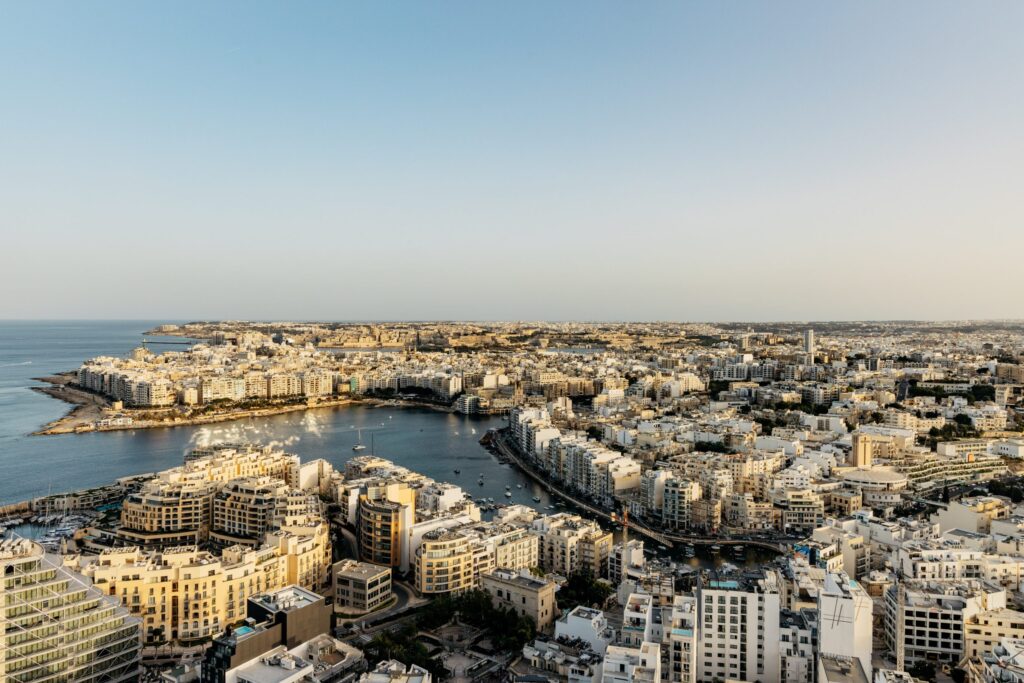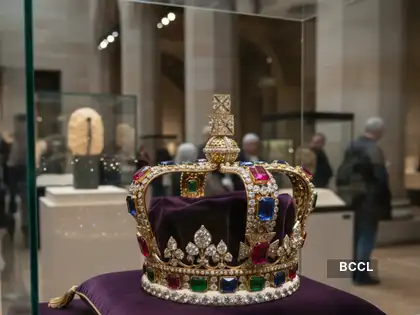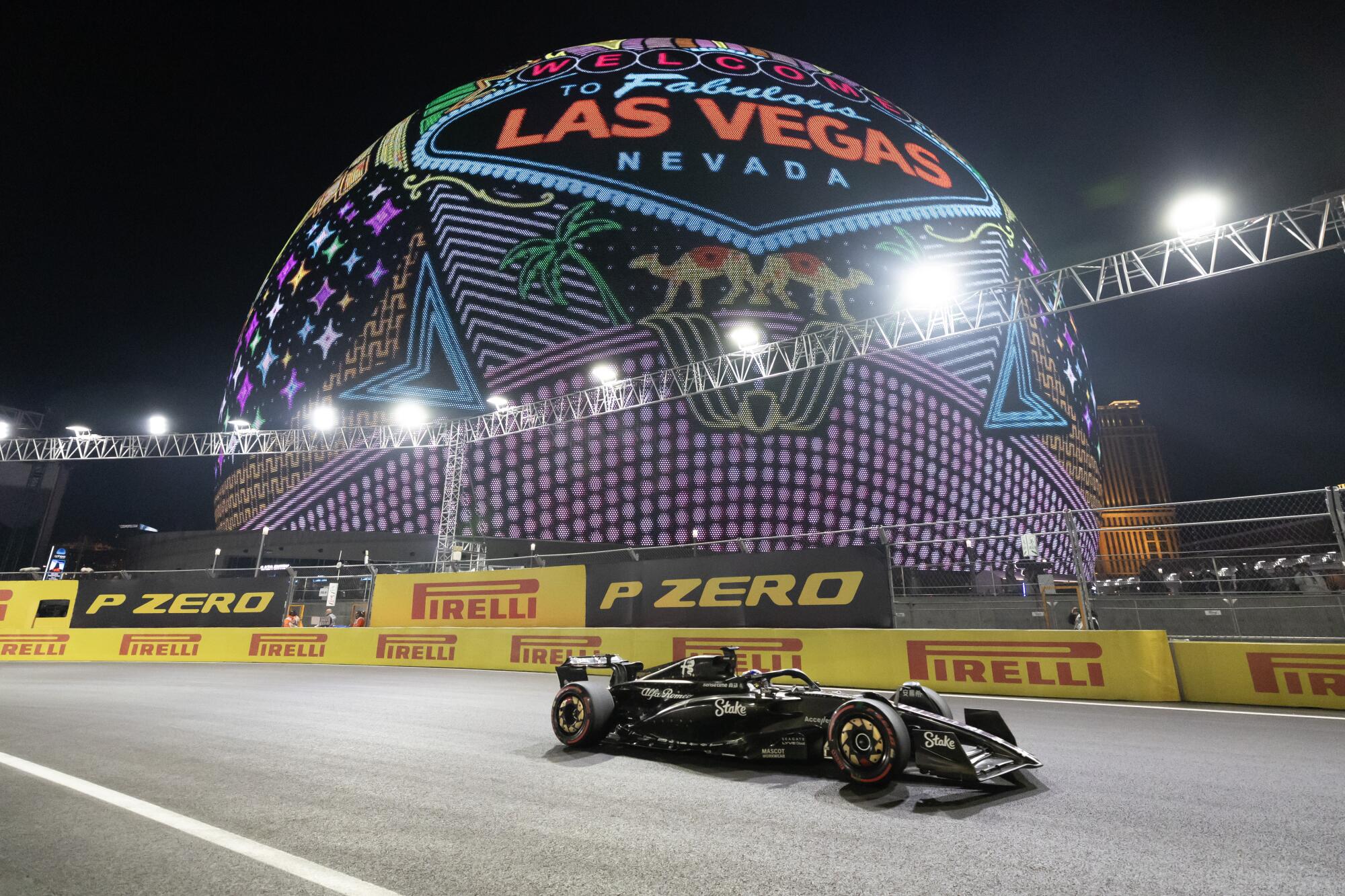a timeless island reborn
Malta may be a tiny island, but its story is enormous. Floating at the crossroads of Europe and Africa, it has served as a bridge between continents and civilizations, a place where ancient myths and modern ambitions intertwine. With a population smaller than that of many European towns, Malta’s cultural density is astonishing. It’s a place where Neolithic temples predate Stonehenge, where medieval knights shaped cities out of limestone, and where the sea carries whispers of traders, invaders, and dreamers who have all left their mark.
Yet Malta’s identity is not locked in the past. While its story stretches back more than seven millennia, the island pulses with a contemporary rhythm — creative, cosmopolitan, and quietly confident. In the past decade, Malta has reinvented itself as one of Europe’s fastest-growing destinations, balancing cultural depth with the lightness of leisure.
layers of history beneath the sun
Walking across Malta is like turning the pages of an open-air history book. The island’s earliest inhabitants built the Ħaġar Qim and Mnajdra temples, massive megalithic structures aligned to the stars, proof of a prehistoric civilization that thrived here around 3600 BC. The Phoenicians and Carthaginians turned the archipelago into a maritime trading post; the Romans built villas and roads, whose mosaics still gleam in Rabat. Later came the Arabs, who gave Malta its language’s Semitic roots and introduced citrus groves and irrigation systems.
In 1530, Charles V of Spain granted Malta to the Knights of St. John, who transformed the island into a fortress of faith and art. Their influence is etched into the limestone facades of Valletta, the capital they founded after the Great Siege of 1565. With its grand auberges, domed churches, and Baroque opulence, Valletta remains one of Europe’s most intact Renaissance cities — a UNESCO World Heritage Site where every corner tells a story.
Malta’s strategic location also made it a prize for empires. The French occupied it under Napoleon, the British later turned it into a naval stronghold, and in World War II the island endured one of the heaviest bombardments in history. The George Cross, awarded to the Maltese people for bravery, still adorns the national flag — a symbol of resilience that defines the island’s spirit today.
View this post on Instagram
culture
Despite centuries of conquest and change, Malta has always preserved a distinct cultural pulse. Its language, Maltese, is a rare blend of Arabic, Italian, and English — an audible map of its layered past. Its cuisine reflects the same blend: pastizzi (flaky cheese pastries) and fenek stew (rabbit cooked in wine and herbs) meet the fresh seafood and olive oil of the Mediterranean diet. Every Sunday, the island hums with festas — exuberant street festivals dedicated to local saints, complete with fireworks, brass bands, and church bells echoing into the night.
Yet what makes Malta truly special is the way tradition coexists with the present. Artists, designers, and restaurateurs are re-imagining heritage for a new generation. Valletta’s narrow lanes now host concept stores, art galleries, and intimate performance spaces like the Valletta Contemporary, which exhibits avant-garde works in restored stone vaults. Across the Grand Harbour, the Three Cities — Vittoriosa, Senglea, and Cospicua — are being reborn through creative restoration, their centuries-old homes converted into design-driven boutique hotels.
the rhythm of modern malta
For all its historical gravitas, Malta is increasingly a place of lightness — where design, music, and lifestyle are redefining the island experience. The warm Mediterranean climate and compact geography make it easy to move between moods: from the calm of Blue Lagoon at Comino to the electric nightlife of St Julian’s; from the quiet backstreets of Mdina, the “Silent City,” to the cliffside cafés overlooking Dingli.
This transformation is no accident. Over the past fifteen years, Malta has positioned itself as a cultural and digital hub — hosting film productions, music festivals, and international art biennales. Tech entrepreneurs and creative professionals are setting up studios in the island’s renovated townhouses. The architecture blends past and future: stone balconies meet glass façades, and centuries-old limestone blends seamlessly with minimalist interiors.
At the center of this contemporary wave stands ME Malta, a hotel that symbolizes the country’s new confidence — rooted in its legacy, yet unafraid to re-invent it.
me malta: where heritage meets horizon
Located in the epicenter of St Julian’s, overlooking the shimmering waters of the Mediterranean, ME Malta by Meliá is more than a haute hotel — it’s a statement of intent. Designed as a cultural landmark rather than a conventional resort, it captures the energy of modern Malta while paying homage to its layered identity.
The architectural concept, led by London-based firm Zaha Hadid Architects, brings fluid, organic lines to Malta’s angular skyline. The result is a sculptural structure that seems to rise naturally from the limestone beneath it — both futuristic and rooted. Inside, natural textures, soft lighting, and Maltese limestone accents create a dialogue between past and present.
Every detail feels considered. The lobby doubles as an art gallery, featuring rotating installations from Maltese and international artists. The rooms, bathed in coastal light, echo the sea through muted palettes and curving forms. Panoramic terraces look out over Valletta’s skyline, offering the kind of cinematic views that make mornings linger.
the culinary landscape
ME Malta’s gastronomy encapsulates the island’s fusion spirit. Its signature restaurant, AURA, reinterprets local ingredients with global flair: red prawns from Gozo, foraged herbs, and Maltese honey appear alongside Japanese precision and Mediterranean warmth. Meanwhile, Société Lounge Rooftop brings a cosmopolitan energy to evenings — part cocktail bar, part social observatory, framed by 360-degree views of the sea.
Breakfast on the terrace becomes a ritual of slow living: warm croissants with fig jam, freshly brewed Maltese coffee, and the soft hum of boats in Spinola Bay. At night, the same terrace transforms into a glamorous gathering space illuminated by amber lights — a reflection of the island’s rhythm, slow by day and radiant by night.
art, wellness, and design
In true ME fashion, the property is more than hospitality; it’s a hub of creativity. Connections with local artists and curators shape its atmosphere — from contemporary sculptures in the atrium to photographic works celebrating Malta’s coastline.
The ME Studios spaces are designed for cultural exchange: intimate salons where musicians, writers, and designers can host talks or workshops. This approach turns the hotel into a living gallery — always evolving, never static.
Wellness, too, has been reimagined. The spa embraces both ancient and modern philosophies, offering treatments that draw on Maltese botanicals, sea salts, and aromatherapy. Minimalist interiors and low lighting create a sanctuary of calm, echoing the stillness of the island’s old chapels.
exploring the island from me malta
What makes ME Malta exceptional is its sense of connection — not isolation. It encourages exploration. From its location, every part of the island feels accessible: the golden beaches of Mellieħa Bay, the silent grandeur of Mdina, and the wild cliffs of Gozo are all within an hour’s reach.
Hotel staff curate bespoke experiences: private boat trips through the Blue Grotto, wine tastings at family-run estates, or photography walks through Valletta’s baroque streets. Guests can immerse themselves in the local rhythm rather than simply observe it.
The result is a stay that mirrors Malta itself — intimate, surprising, and full of layers waiting to be uncovered.
the art of maltese hospitality
Hospitality in Malta has always been an act of generosity. It’s in the way café owners greet you like an old friend, or how fishermen in Marsaxlokk proudly show their day’s catch. ME Malta translates this warmth into design and service. There’s no rigid luxury here — only ease, openness, and authenticity.
The staff embody the island’s dual character: professional yet personable, cosmopolitan yet rooted. They move fluidly between languages, offering recommendations that go beyond guidebooks — a jazz night in Valletta, a hidden ceramics studio in Gozo, a sunset spot known only to locals.
the island after dark
While Malta is famed for its daytime beauty — its clear waters, sun-baked limestone, and pastel harbours — it truly comes alive at night. Valletta glows golden under lamplight, its narrow alleys filling with music spilling from wine bars and rooftop venues. In St Julian’s, the atmosphere is livelier: electronic beats pulse from waterfront clubs, while open-air terraces host DJ sets overlooking the sea.
why malta now
Malta’s evolution into a modern destination is no coincidence. The island’s government has invested heavily in cultural infrastructure — from restoring heritage sites to launching creative residencies that attract international talent. The Valletta 2018 European Capital of Culture program sparked a renaissance that continues to ripple through architecture, cuisine, and the arts.
Today, visitors come not only for beaches but for film festivals, music events, and exhibitions. The Malta International Arts Festival, the Lost & Found Festival, and design fairs like VALIS showcase the island’s creative pulse.
The tourism model is shifting — from mass sun-seekers to discerning travelers looking for narrative, texture, and authenticity. ME Malta positions itself perfectly within this change: a hotel for those who see travel as experience rather than escape.
a new mediterranean mindset
In many ways, Malta represents a new kind of Mediterranean ideal — one that embraces its contradictions. It’s both ancient and youthful, spiritual and secular, intimate yet globally connected. ME Malta channels this spirit through design and curation. Its architecture nods to history while looking toward the horizon. Its social spaces blend leisure with culture.
impression
To visit Malta today is to encounter continuity in motion. The island holds the weight of its past with ease, never trapped by it. The limestone walls of Valletta might tell tales of sieges and saints, but the glass façades of ME Malta tell another story — of renewal, imagination, and confidence.
Here, the old and the new are not opposites but partners in dialogue. It’s an island that reminds travelers that modern luxury is not about excess, but about connection — to place, to people, and to history.
Malta may be one of the world’s smallest nations, but its capacity for reinvention is vast. Standing on a terrace at ME Malta, as the evening light drapes Valletta in gold, you realize the island’s secret: its beauty lies not just in what has been preserved, but in how it continues to evolve.
No comments yet.








